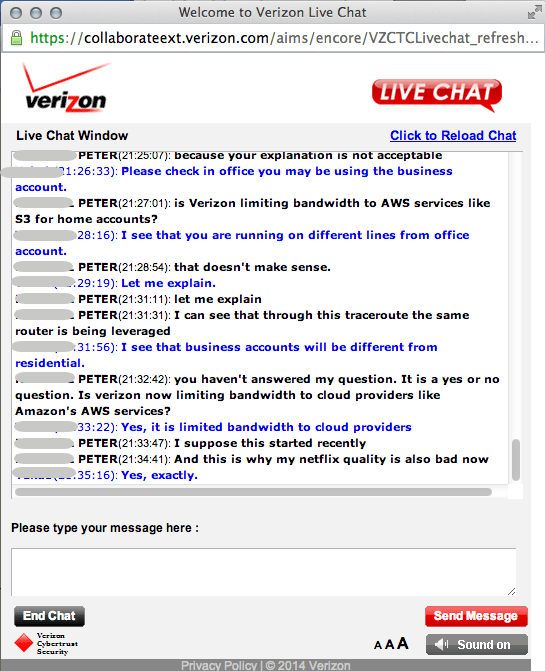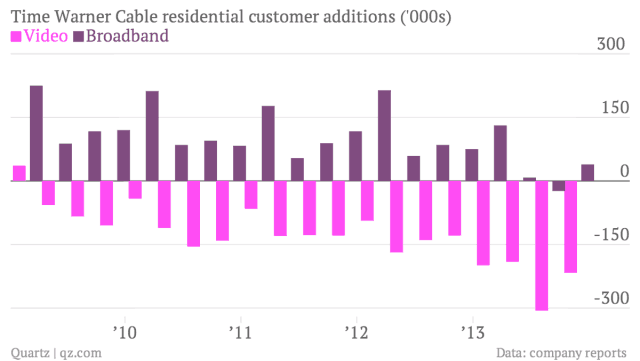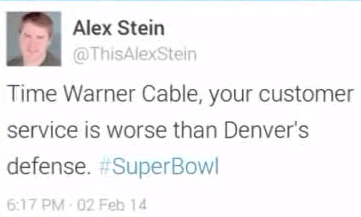David Raphael ran into trouble using his Verizon Internet connection last month, discovering major slowdowns when accessing Amazon’s cloud-server ‘AWS,’ which in addition to serving his employer also feeds Netflix video content to customers.
“One evening I also noticed a slowdown while using our service from my house,” Raphael writes on his blog. “I realized that the one thing in common between me and [my employer] was that we both had FiOS internet service from Verizon. Since we host all of our infrastructure on Amazon’s AWS – I decided to do a little test – I grabbed a URL from AWS S3 and loaded it. 40kB/s.”
Internet slowdowns while accessing different websites is nothing new. Just ask anyone trying to watch YouTube in the early evening.
But what was different this time is that a Verizon representative seemed to openly admit the company is purposefully throttling certain web traffic, as this chat screen capture suggests:

“Frankly, I was surprised he admitted to this,” Raphael writes. “I’ve since tested this almost every day for the last couple of weeks. During the day – the bandwidth is normal to AWS. However, after 4pm or so – things get slow. In my personal opinion, this is Verizon waging war against Netflix. Unfortunately, a lot of infrastructure is hosted on AWS. That means a lot of services are going to be impacted by this.”
That would certainly be the case as many large content distributors increasingly rely on cloud-based delivery services to reach subscribers over the shortest and fastest possible route. But broad-based interference with web traffic would also throw a major wrench in Verizon’s core marketing message for FiOS — its fiber-fast speed when compared against the cable competition. If subscribers notice their Netflix experience degraded to speeds that resemble dial-up, cable companies are going to get a lot of returning customers.
We reached out to Verizon for comment and it turns out the company has not declared war on Netflix after all.
“We treat all traffic equally, and that has not changed,” says Verizon spokesman Jarryd Gonzales. “Many factors can affect the speed a customer’s experiences for a specific site, including, that site’s servers, the way the traffic is routed over the Internet, and other considerations. We are looking into this specific matter, but the company representative was mistaken. We we’re going to redouble our representative education efforts on this topic.”


 Subscribe
Subscribe
 Hackers exploited poor coding practices at an Ottawa-based third-party contractor to access and eventually publish more than 20,000 usernames and passwords of Bell Canada’s small business customers on a website.
Hackers exploited poor coding practices at an Ottawa-based third-party contractor to access and eventually publish more than 20,000 usernames and passwords of Bell Canada’s small business customers on a website. Trustwave Holdings, a security company based in Chicago, Ill., said in a 2013 report that poor coding practices have made the SQL injection attack a threat for more than 15 years.
Trustwave Holdings, a security company based in Chicago, Ill., said in a 2013 report that poor coding practices have made the SQL injection attack a threat for more than 15 years.

 Time Warner Cable will provide a free pay-per-view movie or a $5 gift card to Los Angeles-area customers after the cable company lost the Standard Definition signal of Fox affiliate KTTV for about an hour during the Super Bowl on Sunday.
Time Warner Cable will provide a free pay-per-view movie or a $5 gift card to Los Angeles-area customers after the cable company lost the Standard Definition signal of Fox affiliate KTTV for about an hour during the Super Bowl on Sunday. Although analog cable customers were forced to watch a Spanish language channel’s coverage of the game, those viewing KTTV’s HD signal on Time Warner Cable were unaffected by the disruption.
Although analog cable customers were forced to watch a Spanish language channel’s coverage of the game, those viewing KTTV’s HD signal on Time Warner Cable were unaffected by the disruption.